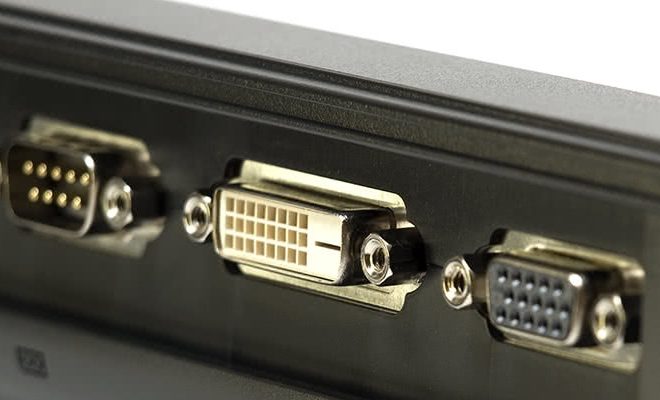Everything You Need to Know About DVI Connector

The DVI or Digital Interface was developed by the DDWG or the Data Display Working Group. The basic purpose of developing the DVI was to send digital information of signal from a computer to digital display device such as a flat-panel LCD monitor. The DVI essentially uses TMDS or Transition Minimized Differential Signalling in order to transmit or send a large quantity of digital data to the display device from the source your computer eventually resulting in high-quality pictures. Eventually, the DVI technology not only effectively transmitted data from the computer to the display but also successfully applied the same technology to other audio/video applications such as DVD players, high-end TVs, HDTV set-top box etc. The DVI technology, as well as the connectors and cables, are available all over the world and you can get them anywhere near your doorstep such as PrimeCables dvi cable.
In course of time, the DVI went a step ahead with HDMI and integrated audio and video into a sophisticated compact interface where the audio, as well as video signals, can be sent at one time with one cable and connector. The DVI has been using a style of the connector which looks similar to DB-style connector. On the other hand, the DVI uses flattened pins instead of round pins which looks like twisted at the angle and this design is popularly known as LFH connector or Low Force Helix which further ensures a constant connection with the mating connector. In addition to this, thumbscrews are used in DVI connectors for more reliability and retention of connection.
Most of the DVI connectors have single larger and offset ground bar and use 24 pins. These connectors are called DVI-D or DVI digital connectors which sends only the digital signals. The DVI connectors called DVI-I have 4 extra pins around the offset ground bar which are responsible for sending the analog signals. Thus, the DVI-I can send both a digital and analog signals but not once at a time. You can either send digital or analog signal at a time through the DVI-I connector.
For more detail arrangements of pins in DVI connectors, the DVI-D contains 24 pins horizontally arranged in three rows each row having eight pins. Towards the side of these pins, there is flat and wide pin called ground bar. Similarly, in the case of DVI-I which exactly looks like DVI-D dual link except for 4 additional pins around the flat offset ground bar.


